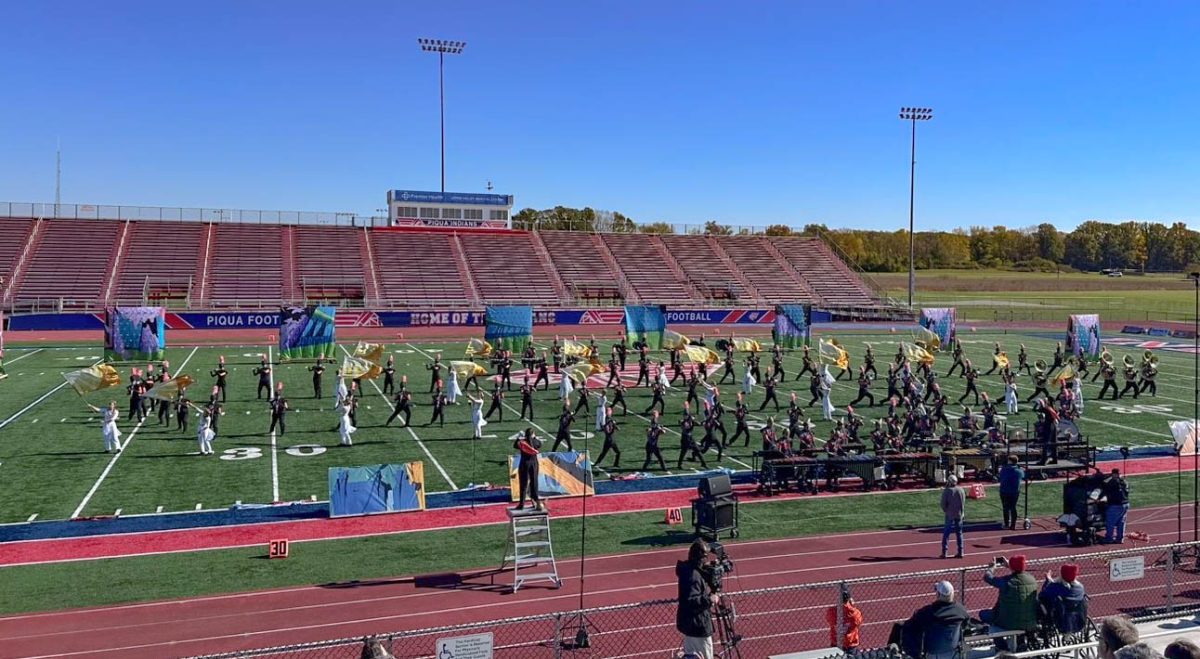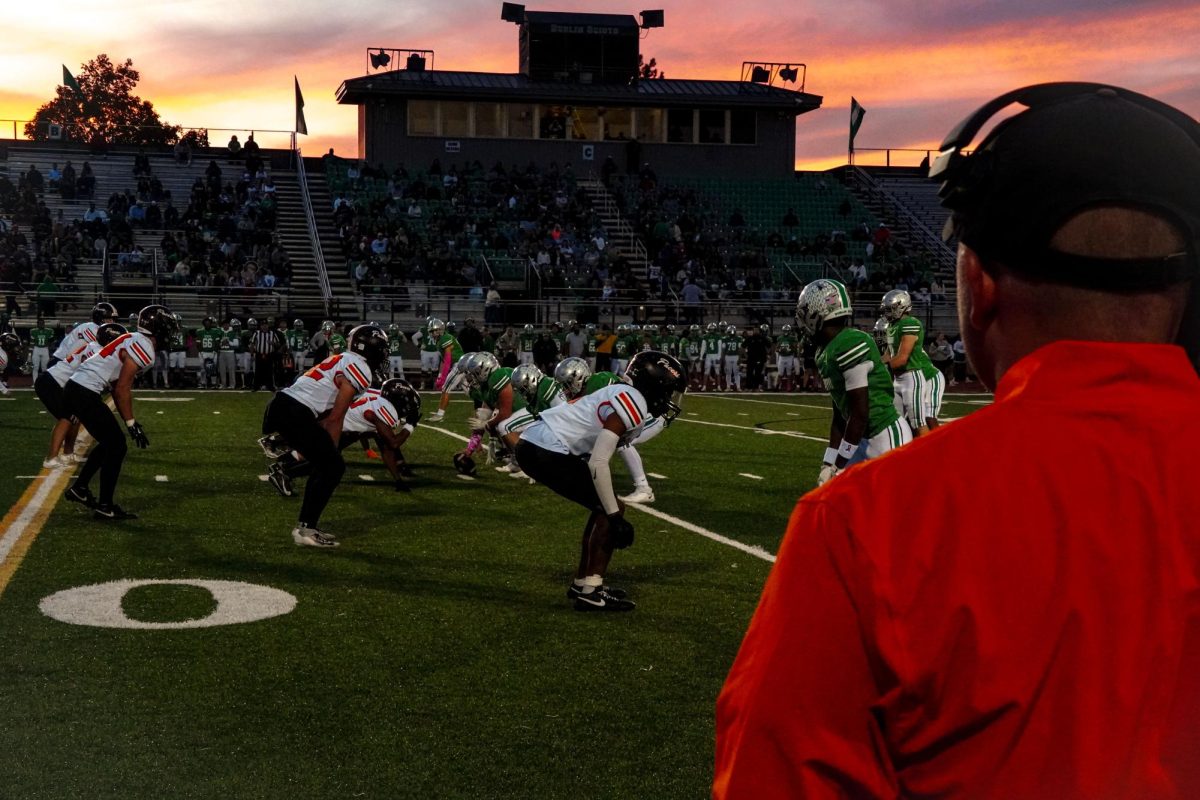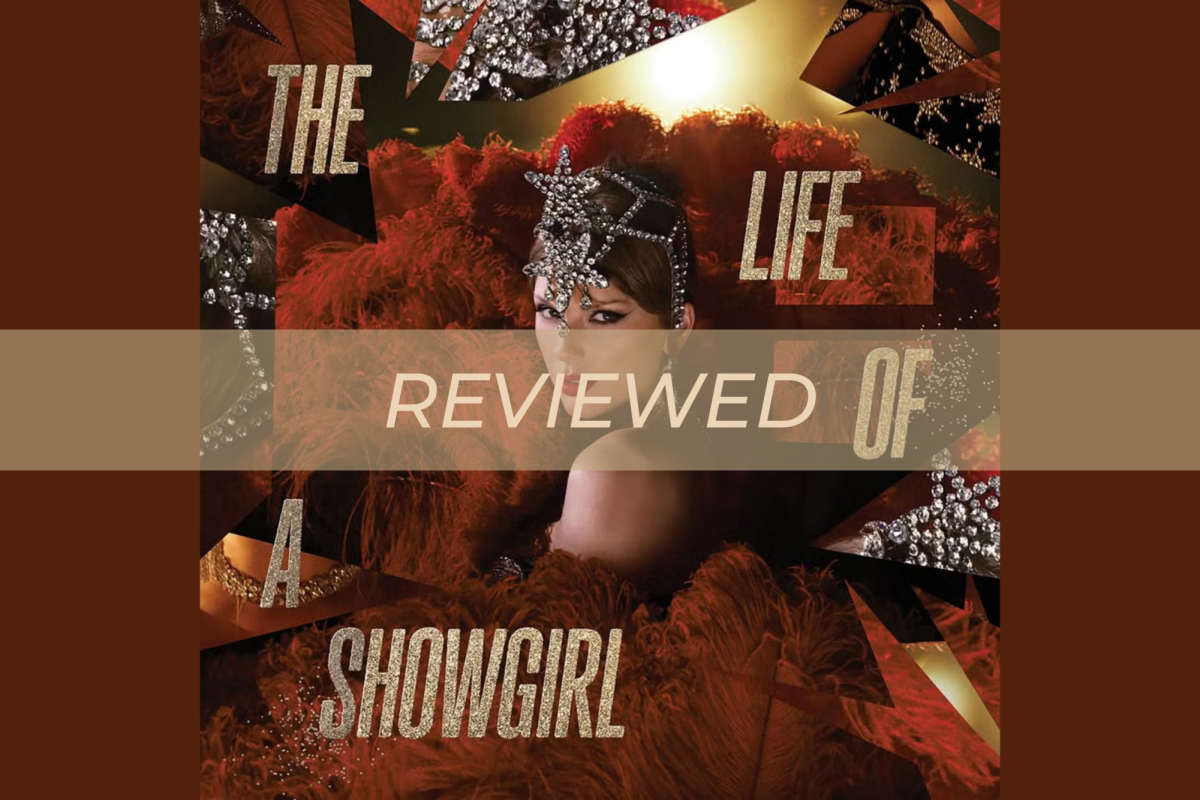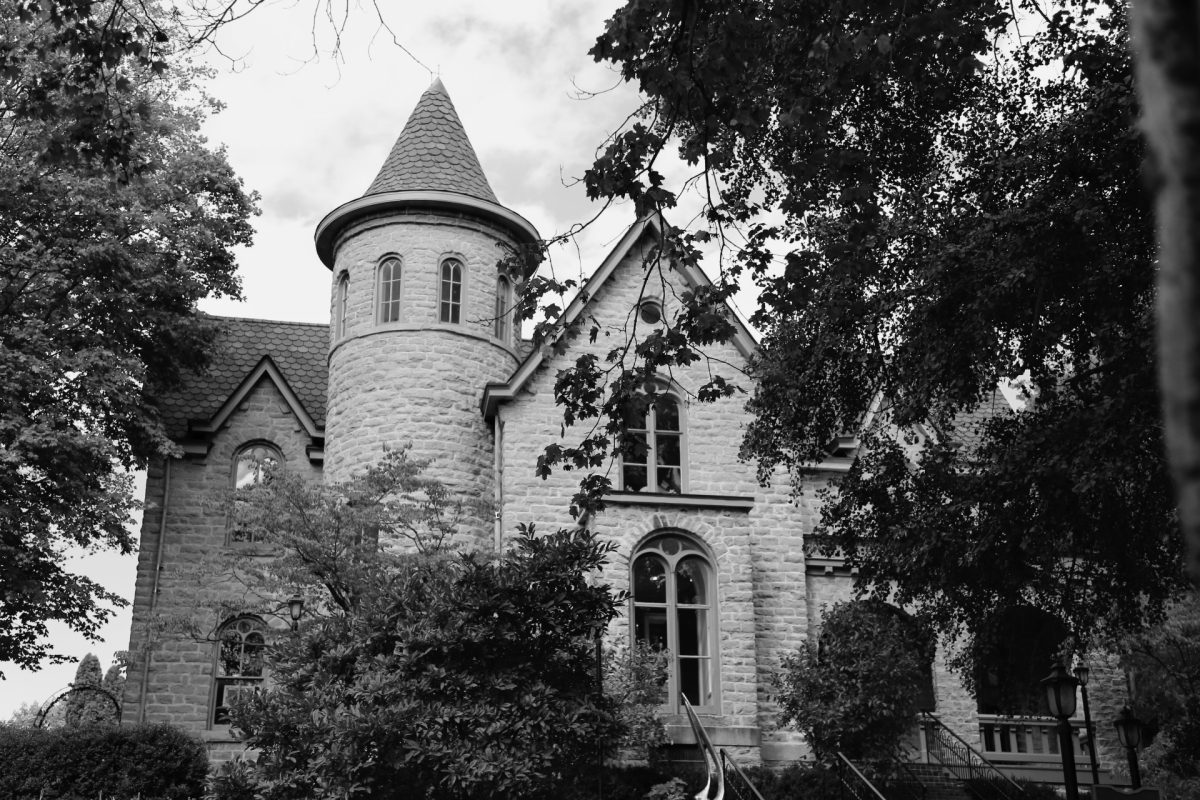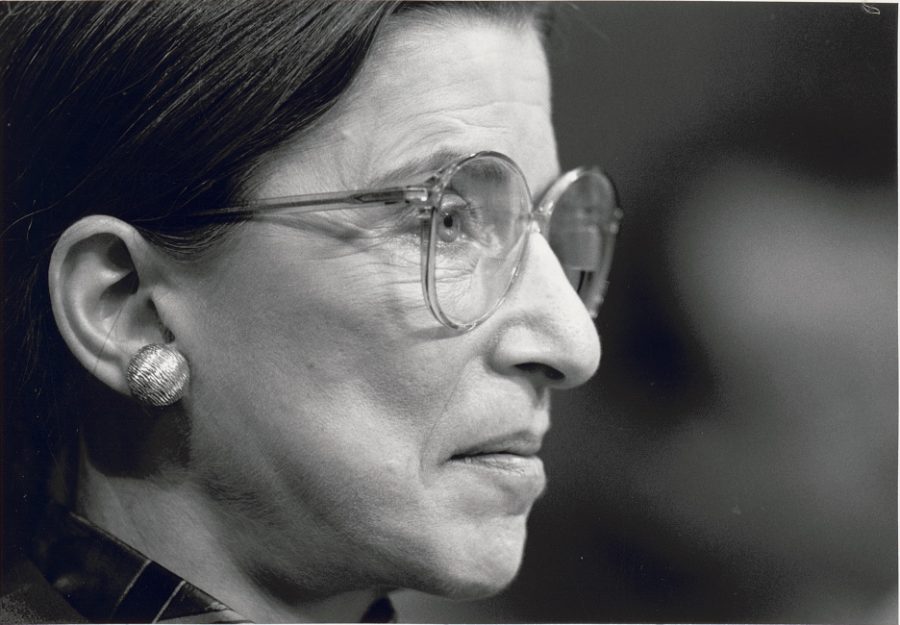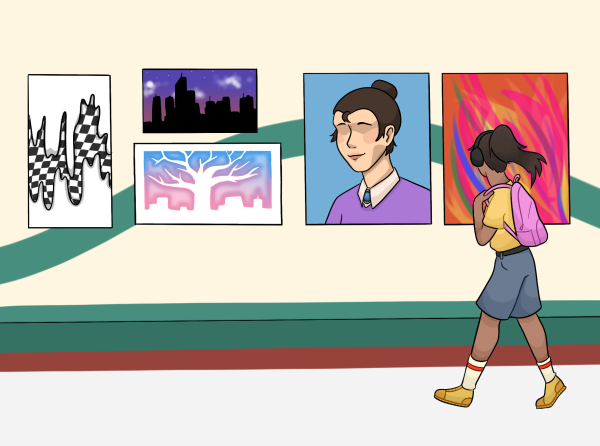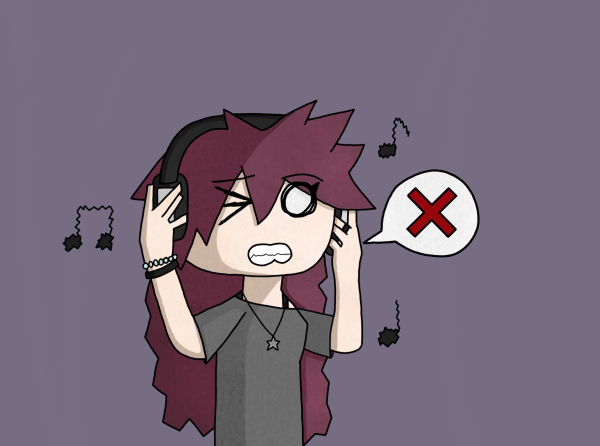The Legacy of Ruth Bader Ginsburg
Library of Congress/ Michael R. Jenkins
Ruth Bader Ginsburg at her Senate Confirmation for her appointment to the Supreme Court. President Bill Clinton nominated Ginsburg in 1993.
In her distinguished career, Ruth Bader Ginsburg impacted a world much larger than law and order. She left her footprint on many walks of the change we all fight for.
She was one of nine women in a class of 500 men at Harvard Law, but was refused her degree by Harvard’s dean. She later transferred to Columbia Law School, where she became the first woman to participate in two major law reviews: Harvard Law Review and Columbia Law Review. She graduated in 1959 at the top of her class.
After college, she entered the law profession as a professor at Rutgers Law School. At the time, Ginsburg was one of less than twenty female law professors in the entire United States.
Later in 1972, Ginsburg co-founded the Women’s Rights Project at the American Civil Liberties Union. The project and related ACLU projects were involved in over 300 gender discrimination cases.
Ginsburg herself brought forth and argued for six gender discrimination cases before the Supreme Court, winning five. Ginsburg even picked both male and female plaintiffs to show that gender discrimination can be experienced in both men and women.
In 1980, she was appointed to the D.C Circuit Appeals Court by President Jimmy Carter. In her time on the D.C. Circuit, she was able to bring the judges to a consensus even through each judges’ varying political beliefs.
In 1993, President Bill Clinton nominated Ginsburg to the U.S. Supreme Court and she was confirmed a few months later. She became the second female and first Jewish female justice of the Supreme Court.
Ginsburg was able to encourage President Barack Obama into signing the Lily Ledbetter Fair Pay Act as his first act signed into law in 2009. This helped make it easier for people fighting against gender discrimination in the workplace to win their lawsuit. This came after The Court ruled in favor of the Goodyear Company. over a woman who claimed that the company was paying her lower than her male counterparts, to which Ginsburg found the ruling absurd.
On the issue of abortion, Ginsburg firmly believed that the government has no right in regulating what a woman chooses to do with her body. She was apart of the majority that struck down a 2013 Texas Law that would’ve regulated abortion providers to which she denounced as an act that designed to impede a woman’s access to an abortion.
In her later years before her death, she expressed her support for the #MeToo Movement, citing her own experiences with discrimination due to gender. She also became somewhat of a pop-culture icon due to the fact that she was the only female justice on the Supreme Court for a time.
From the beginning of her active career, Ruth Bader Ginsburg worked for the advancement of women’s rights and the goal of equality of opportunity among genders. Her impact went beyond law, and reached how we treat each other as human beings. Beyond her death, Ruth Bader Ginsburg was an icon for all.
Your donation will support the student journalists of Rutherford B. Hayes High School. Your contribution will allow us to purchase equipment and cover our annual website hosting costs.

Jack Almoro is a junior at Hayes. This is his first year on the Talisman. He is also part of Hayes Singers and Symphonic Choir. He enjoys playing guitar...


